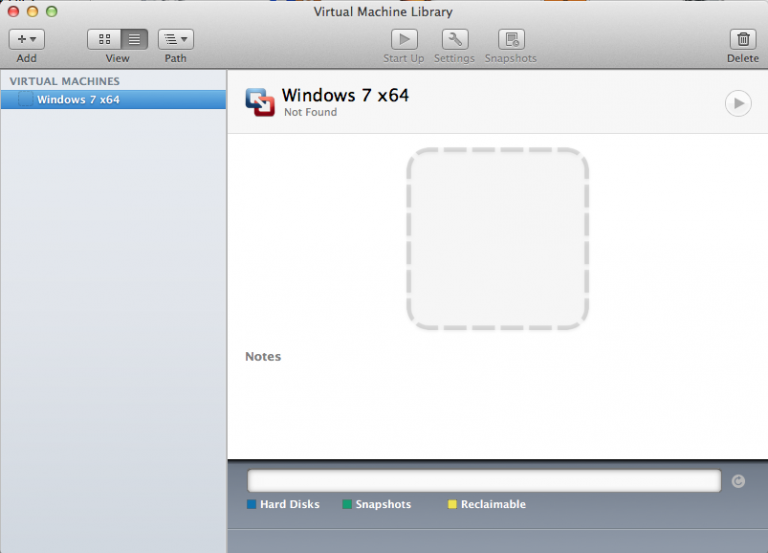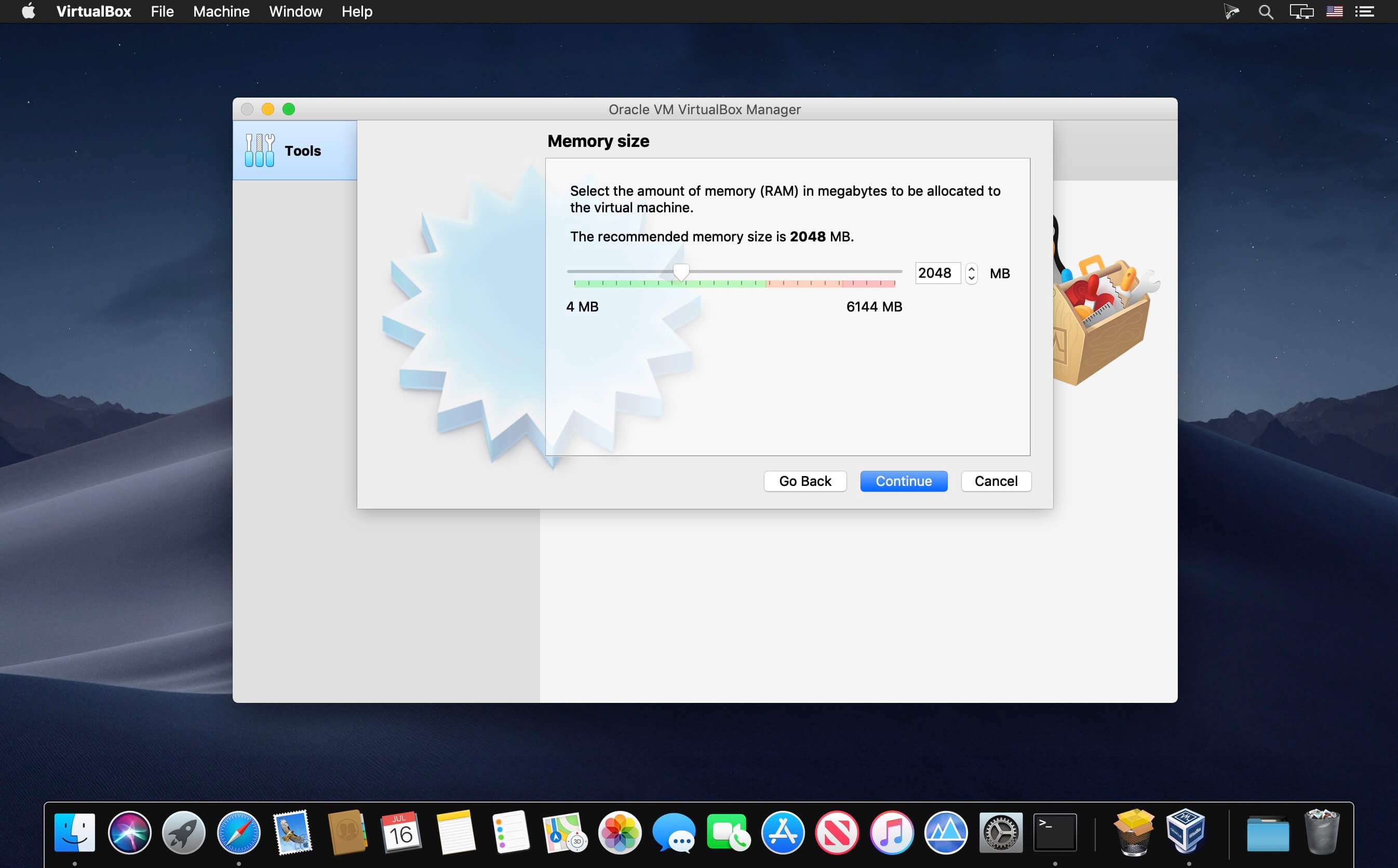

A window with a progress bar will appear tracking the VM’s copy operation.
VMWARE FUSION FOR MAC OS WINDOWS 10
( Note: The Copy command will be followed by the name of the VM, such as Windows 10 圆4.) Then, locate the media (such as a USB drive or a network directory) to which you seek to copy the VM, select Edit from the menu bar, then click Paste. Next, right-click (or control click) the VMware Fusion Windows VM and select Copy. From the left pane, right-click (or control click) the Windows VM you wish to move and select Show In Finder.ĭefend your network with Microsoft outside-in security services VMware will display installed Virtual Machines ( Figure B). To find the Windows VM on your Mac’s hard drive, open VMware and, from the menu bar, select Window and click Virtual Machine Library. The next step is to locate the Windows VM.

Moving an open or active Windows VM can result in a moved VM that won’t open or malfunctions.
VMWARE FUSION FOR MAC OS HOW TO
How to move a Fusion-powered Windows VMīegin by ensuring the Windows VM is powered off.

SEE: Boost your Mac productivity with these 10 techniques (free PDF) (TechRepublic)įollow these steps to move a VMware Fusion-powered Windows VM to a new or a different Mac. In the same way that preparing to move residences is a natural occasion to question whether you should donate or toss possessions you haven’t used since your last move, when preparing to move a Windows VM it’s a good time to review the installation and ensure unnecessary and unneeded files and apps don’t make the move the resulting VM will be more tidy and potentially consume less disk space as a result of housecleaning efforts. VMware Fusion will warn you are about to delete a Snapshot–click Delete to confirm you wish to delete the Snapshot, upon which a progress bar will appear that tracks the Snapshot’s deletion. To delete any unneeded Snapshots, right-click the Snapshot and select Delete. Next, from the menu bar, click Virtual Machine, and then click Snapshots. To manage Fusion Snapshots, open VMware Fusion. Navigate the VM’s settings, paying particular attention to the Processors and Memory and Hard Disk (SCSI) configurations ( Figure A).Īlso confirm any unneeded Snapshots are removed, and a VM is cleaned before moving the VM to a new Mac. Next, from the menu bar, click Virtual Machine, and then click Settings. To review and confirm a VM’s settings, open VMware Fusion. Perhaps you were loading Windows updates overnight one evening and increased the RAM dedicated to the Windows VM, but forgot to re-adjust the settings once the updates loaded. Over time machine settings, such as the amount of RAM the Mac should dedicate to the Windows VM, may change.
VMWARE FUSION FOR MAC OS PRO
SEE: Virtualization policy (Tech Pro Research)īegin by reviewing and confirming the VM’s settings are configured as you intend. When you’re preparing to move an existing Windows VM from one Mac to another, it’s a good time to perform any potentially needed maintenance. When it’s done properly, you shouldn’t even have to re-activate Windows on the new Mac. VMware Fusion is a leading option for powering such Windows installations, which can be easily moved from one Mac to another, such as a new Mac when an old system is being replaced. Typically, much time and energy are invested installing, licensing, and configuring a Windows virtual machine (VM) on a Mac.


 0 kommentar(er)
0 kommentar(er)
